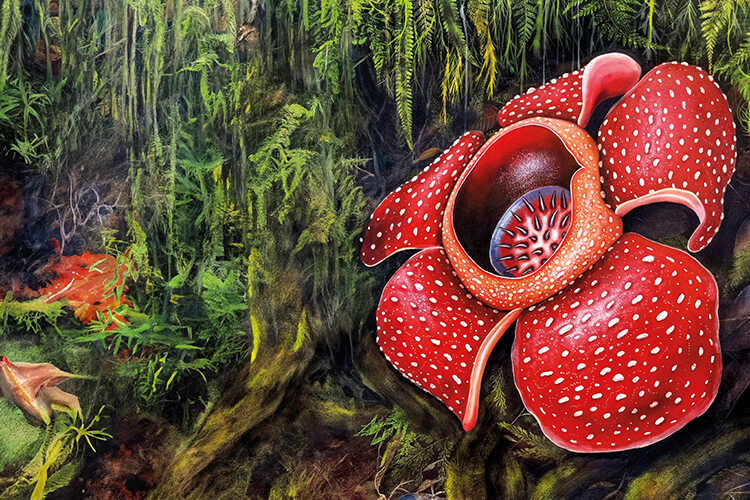
It smells of rotting flesh, spends most of its life as a parasite inside another plant and, when it blooms, it’s the world’s largest flower. Bryony Cottam talks to Chris Thorogood about his quest to safeguard the rafflesia, a remarkable organism that’s struggling to hang on in the jungles of Southeast Asia
By
Deep in the humid, tropical forests of central Sumatra, Chris Thorogood is hunting for a tiger. Its striking appearance should make it easy to spot. A fully mature specimen is reddish-orange, with a unique pattern of white blotches covering its skin. The largest can get surprisingly big and it has a pungent scent that’s said to smell like rotting meat. Across the island, networks of experts and enthusiasts patrol the forests, scouring the vegetation for signs, including the presence of its prey. Yet, despite all this, it’s very rarely found.
Thorogood admits that his own chances of finding one are remote; many of his previous expeditions have ended in failure. That hasn’t deterred him from trying. ‘You’ll understand when I show you a photo,’ he says, turning his phone to face the webcam that’s recording our video call. ‘It’s the most extraordinary work of nature.’
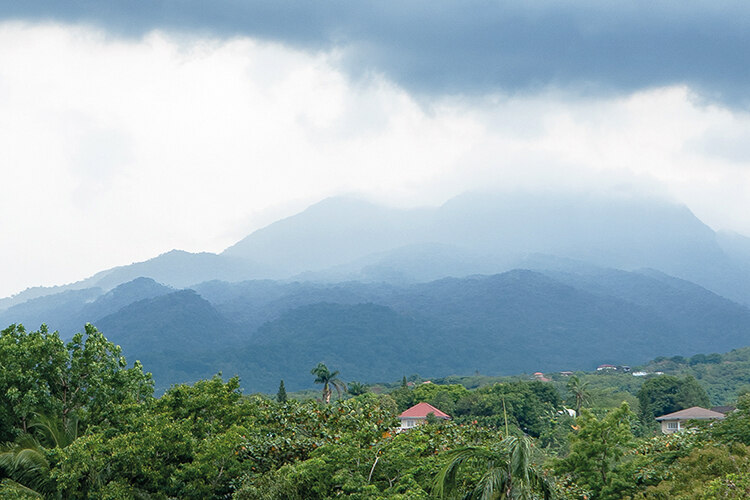
On the screen, I see what appears to be a large, five-petalled flower. Its red-and-white markings bear a resemblance to those on a tiger’s face, earning it the Indonesian name cendawan muca rimau – the ‘tiger-faced mushroom’. However, this is no fungus. Rafflesia hasseltii is a parasitic plant.
Even as a child, Thorogood was fascinated by the more unusual and what some might call the uglier side of nature. ‘No disrespect to those who work on them, but dolphins, killer whales, the animals of the Serengeti… that’s just not my bag,’ he says with a laugh. The windowsill of his childhood bedroom was cluttered with fish tanks that he filled with rainforest plants. Climbing vines festooned the curtain pole, and a dog-eared book full of photos of strange, exotic plants took pride of place on his bedside table. He was obsessed with starfish, too, as well as sea cucumbers, sea potatoes, and all manner of squishy and shapeless marine invertebrates. But it was the plant world that truly piqued his curiosity and, of all the photographs in that book, one grotesque-looking ‘lumpy great starfish’ of a flower in particular. Eight-year-old Thorogood knew that he had to see it with his own eyes.
Today, he sees a lot of strange-looking plants. His Instagram account is an endless stream of his own colourful illustrations and photographs of the species he encounters through his work as a botanist at the University of Oxford’s Botanic Garden, as well as the plants he still grows on his windowsill, or that he has trekked through thick jungles to find. He hopes the remarkable bloom of R. hasseltii will be next on his list. ‘That isn’t even one of the largest ones,’ he says, as I stare at his phone screen. Measuring roughly half a metre across, the flower he’s showing me is, in fact, one of the smaller of the 42 known species of Rafflesia that can be found in forests throughout Southeast Asia. Its cousin, R. arnoldii, can grow to more than a metre wide, making it the largest flower in the world.
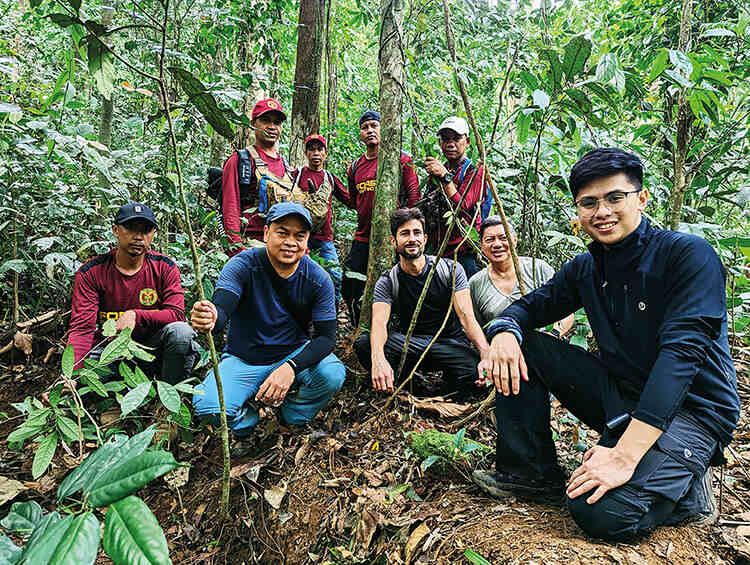
Two weeks before his departure for Indonesia, I call Thorogood to ask about his upcoming trip and to hear him talk about these huge, mysterious flowers. He’s spent much of his working life trying to better understand and protect them, a journey he has documented in his newly published book, Pathless Forest. ‘Who are you talking to today?’ I hear my boyfriend ask as I open up my laptop to log in to Zoom. I’m talking to a botanist about plants, I tell him. ‘Boring.’ He’s being facetious, but it’s a stigma the field of botany is struggling to shake.
Botanists are disappearing from our scientific institutions. Fewer students are studying botany and fewer universities are offering it as a degree, sometimes resulting in the closure of costly but important plant collections. In February, to the chagrin of plant scientists everywhere, Duke University in the USA closed the doors to its 100-year-old herbarium – a collection comprising more than 825,000 specimens of terrestrial plants, fungi and algae, one of the largest in the country. Sebastian Stroud, a botanist at the University of Leeds, suggests that the diminishing interest in botanical sciences could be explained by something called ‘plant blindness’.
The term, which was coined by American botanists Elisabeth Schussler and James Wandersee, refers to a person’s inability to see the plants in the environment around them. It’s a phenomenon that Thorogood knows all too well. ‘I notice that lots of people think of plants as inanimate,’ he says. ‘Sometimes I’ll show someone a Venus flytrap, and they’ll say to me, “Oh, look, it’s alive,” because it’s moving. And that says to me, gosh, people don’t even think of plants as living.’
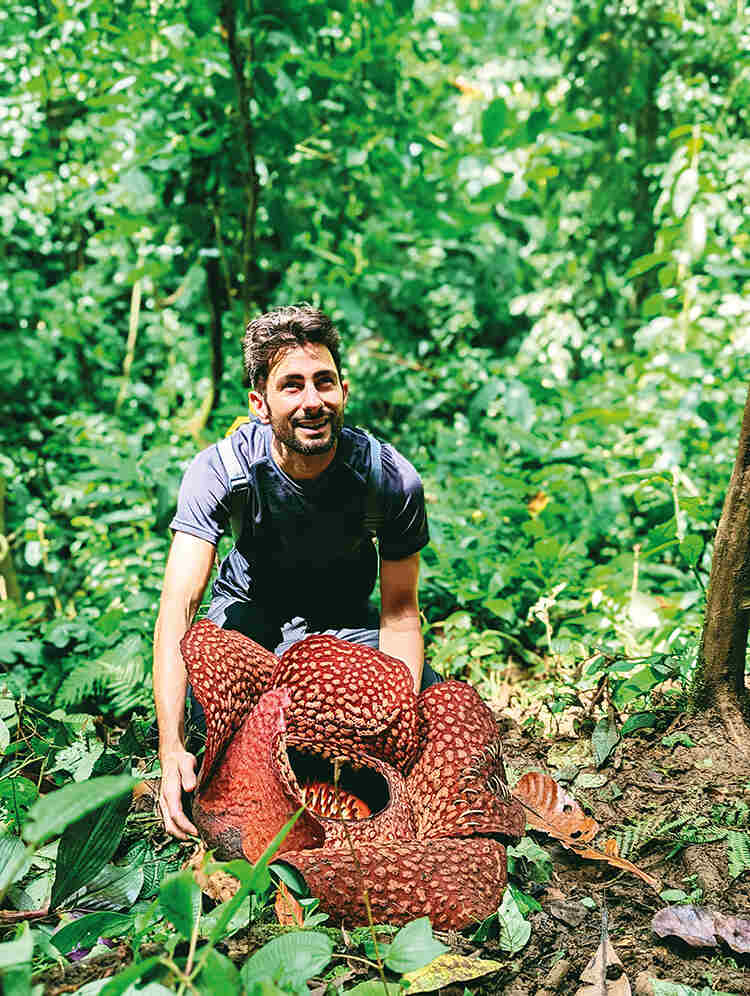
His own fascination with plants, he suggests, could be explained by the fact that he has always noticed them. ‘And I think having a scientific and inquisitive turn of mind meant I wanted to know more about them,’ he says. ‘I wanted to know how they grew in a certain way and why. And so I experimented. I suppose I didn’t think of them as experiments as a child, but they were rudimentary experiments.’
These experiments have continued at the botanic gardens where he works today. ‘There aren’t many of us that grow parasitic plants,’ he says with a smile. ‘We’ve grown things that have never been grown before, which is really exciting.’ Thorogood estimates that as many as three-quarters of all parasitic plant species have never been cultivated. Many don’t exist in seed banks, either. ‘They’re a bit of a blind spot for curators and botanists seeking to conserve the world’s flora,’ he says, ‘and that’s really concerning.’ Although he and his colleagues have managed to establish a collection of parasitic plants at the University of Oxford, Thorogood says that only one botanist has ever successfully managed to propagate a species of rafflesia.
Parasitic plants take many forms. Viscum album (more commonly known as mistletoe) is perhaps the most widely known example in Europe. It grows in clusters on apple, hawthorn and other host trees, from which it leaches the water and nutrients it needs to survive, supplementing the energy its own leaves produce from photosynthesis. Cuscuta (a thread-like vine with folk names such as strangleweed and devil’s hair) has no roots or leaves at all. An obligate parasite, it’s completely dependent on the nutrients it steals from its host tree or shrub, often killing it in the process.
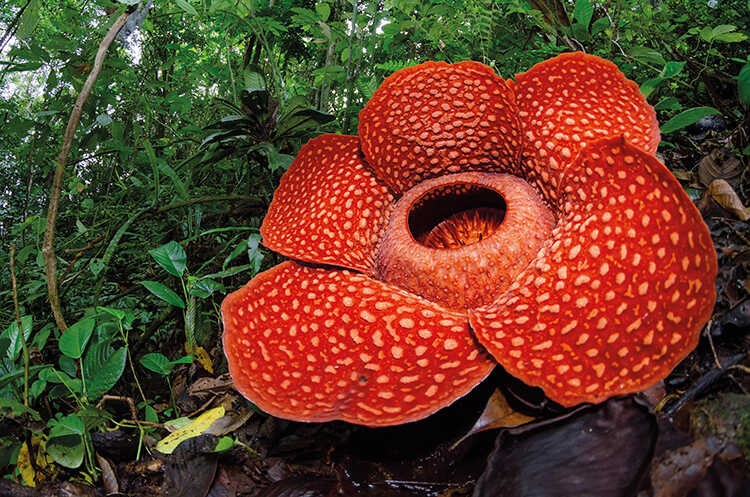
Rafflesia are also obligate parasites that feed on forest vines, but these peculiar plants have evolved to spend almost their entire life cycle inside their host. Once a rafflesia seed has infected a vine (how exactly this happens remains a mystery), it sends out fine filaments of cells, called sinkers, that penetrate the vine’s connective tissues and extract the nutrients it needs. The rafflesia will remain undetected in this endophytic form, sometimes for years, until, suddenly, it erupts from the vine as a golf ball-sized bud.
It takes up to nine months for a rafflesia bud to develop. It will eventually swell to the size of a cabbage, allowing local experts a rough estimate of when it will finally flower. ‘They call this “bloom prediction”’, says Thorogood. He’s lucky, he says, to have friends and colleagues on the ground who know where to look while that small window of time is open.
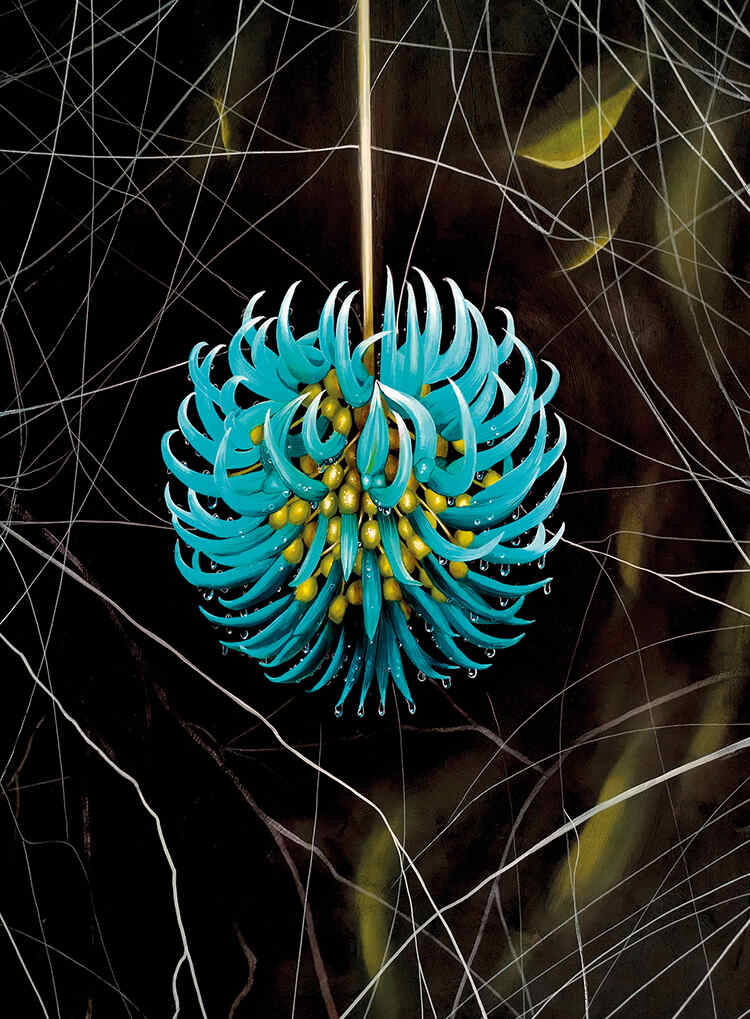
A few years ago, Thorogood and some of his colleagues from the Philippines travelled to Bogor Botanic Garden in Indonesia to meet Ngatari, the senior horticulturist and the only person to have successfully propagated rafflesia, for a private propagation workshop. Thorogood watched Ngatari demonstrate how to cut a section of an infected vine – carefully, to avoid damaging the mother plant – and graft it to a new, uninfected vine. ‘Honestly, I’ve never paid so much attention in my life,’ he says.
Equipped with this new knowledge, Thorogood and his colleagues returned to the Philippines in search of a suitable test subject. ‘R. panchoana, which has flowers the size of my outstretched hand. It has a healthier population than other species, such as R. baletei, which has only been found in a tiny parcel of rainforest in the middle of a banana plantation,’ he says. They took a section of vine infected with R. panchoana and grafted it to another in a remote, protected area of forest. ‘You have to cut the vine in a very certain way, then meld the tissues, bind it and hope that the recipient vine accepts it. Then you wait. Hopefully, the rafflesia will jump from one host to another. At least, that’s what Mister Ngatari has got it to do.’
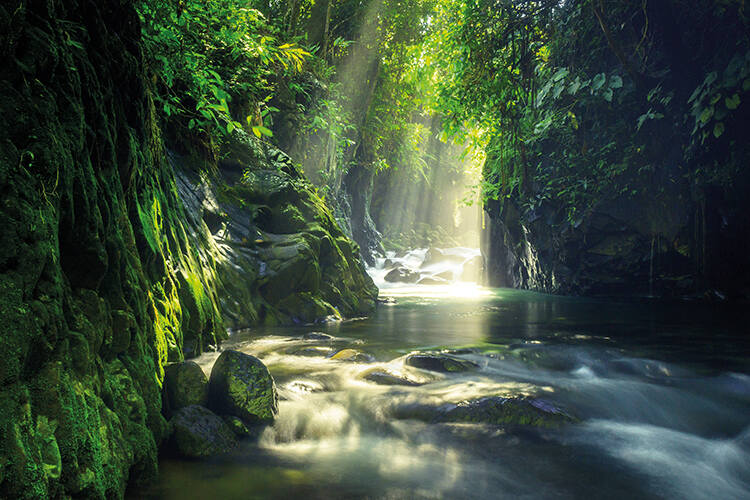
It will be an important achievement if the graft proves to be a success. Globally, parasitic plants play an important role in shaping and sustaining ecosystem biodiversity. Many face an uncertain future, yet they are often overlooked in extinction research. In September 2023, Thorogood co-published a paper highlighting the ‘woefully inadequate’ inclusion of rafflesia on the IUCN Red List. Currently, a single species (R. magnifica) is classified as critically endangered. ‘And yet most are threatened with extinction,’ he says.
With their survival contingent on a single host vine species, rafflesia are particularly vulnerable to change. Most of their forest habitats are increasingly fragmented by logging or slash-and-burn agriculture. What’s more, Thorogood explains that the chance of both a male and a female flower emerging at the same time, and being visited by the same fly, as is required for pollination, are slim. ‘They’re very particular plants in every respect.’

For many years, Thorogood felt that he wasn’t doing enough to secure a future for rafflesia. He’d published papers calling for their conservation, but taken no direct action himself. It was an uncomfortable thought. At the propagation workshop, however, something changed. ‘I remember that on the flight home I felt quite calm.’ It’s not, he says, a feeling with which he’s very familiar. ‘There was this sense of serenity. I felt that we’d really achieved something, together as a team, and I’m truly proud of that.’
It will be another year, maybe two, before he knows whether the rafflesia has jumped from the grafted vine to its new host, before the telltale signs of a new flower bud might start to appear on the host vine. ‘But what I can tell you is that my colleagues were in touch with me just a couple of days ago,’ says Thorogood, on his way to meet them on the forested slopes of Mount Makiling. ‘They went to check on it, and we now know that the graft itself was successful. So there’s every reason to believe that it will work.’
Pathless Forest: The Quest to Save the World’s Largest Flowers by Chris Thorogood is published by Penguin Allen Lane (£25)






